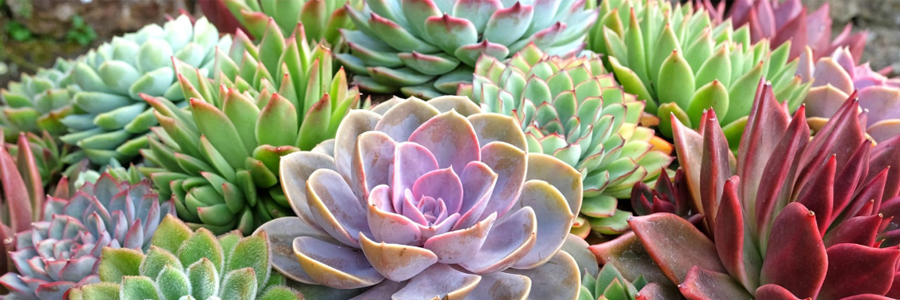How to Select High – Quality Succulent Plants
1. Examine the Appearance
- Leaf Condition: Check the leaves carefully. High – quality succulents have plump, firm leaves without any signs of wrinkling, shriveling, or discoloration. Wrinkled or shriveled leaves may indicate that the plant is dehydrated or stressed. Discolored patches could be a sign of disease or damage. The color of the leaves should be vibrant and characteristic of the specific species. For example, some succulents have bright green leaves, while others may have bluish – green, purple, or variegated colors.

